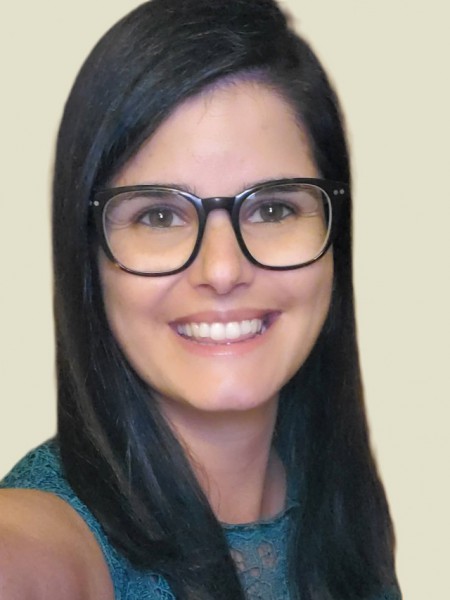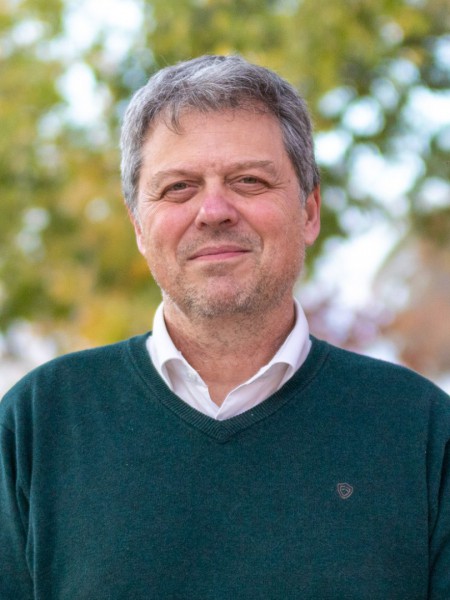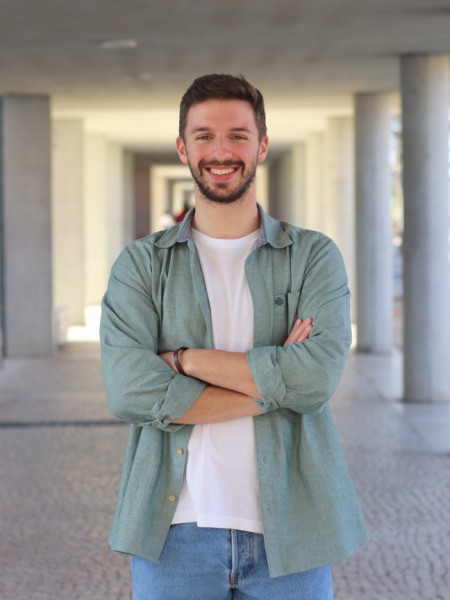abstract
Printable hydrogels have attracted significant attention as versatile, tunable, and spatiotemporally controlled biomaterials for tissue engineering (TE) applications. Several chitosan-based systems are reported presenting low or no solubility in aqueous solutions at physiological pH. Herein, a novel neutrally charged, biomimetic, injectable, and cytocompatible dual-crosslinked (DC) hydrogel system based on a double functionalized chitosan (CHT) with methacryloyl and tricine moieties (CHTMA-Tricine), completely processable at physiological pH, with promising three-dimensional (3D) printing potential is presented. Tricine, an amino acid typically used in biomedicine, is capable of establishing supramolecular interactions (H-bonds) and is never explored as a hydrogel component for TE. CHTMA-Tricine hydrogels demonstrate significantly greater toughness (ranging from 656.5 +/- 82.2 to 1067.5 +/- 121.5 kJ m(-3)) compared to CHTMA hydrogels (ranging from 382.4 +/- 44.1 to 680.8 +/- 104.5 kJ m(-3)), highlighting the contribution of the supramolecular interactions for the overall reinforced 3D structure provided by tricine moieties. Cytocompatibility studies reveal that MC3T3-E1 pre-osteoblasts cells remain viable for 6 days when encapsulated in CHTMA-Tricine constructs, with semi-quantitative analysis showing approximate to 80% cell viability. This system's interesting viscoelastic properties allow the fabrication of multiple structures, which couple with a straightforward approach, will open doors for the design of advanced chitosan-based biomaterials through 3D bioprinting for TE.
keywords
PROTEINS; STRATEGY; WATER
subject category
Biochemistry & Molecular Biology; Materials Science; Polymer Science
authors
Ouro, PMS; Costa, DCS; Amaral, AJR; Mano, JF
our authors
Projects
CICECO - Aveiro Institute of Materials (UIDB/50011/2020)
CICECO - Aveiro Institute of Materials (UIDP/50011/2020)
Associated Laboratory CICECO-Aveiro Institute of Materials (LA/P/0006/2020)
Collaboratory for Emerging Technologies, CoLab (EMERGING TECHNOLOGIES)
acknowledgements
P.M.S.O. and D.C.S.C. contributed equally to this work. This work was developed within the scope of Project CICECO - Aveiro Institute of Materials (UIDB/50011/2020, UIDP/50011/2020, & LA/P/0006/2020), financed by national funds through the FCT/MCTES (PIDDAC). This work was funded by the European Union's Horizon Europe research and innovation program under grant agreement No. 101079482 ("SUPRALIFE"). D.C.S.C. and A.A. would like to thank FCT for their Junior Researcher contracts within the scope of project MARGEL (POCI-01-0145-FEDER-031498, PTDC/BTM-MAT/31498/2017) and TranSphera (POCI-01-0145-FEDER-030770, PTDC/BTM-ORG/30770/2017), respectively. The authors also acknowledge MSc. Edgar Castanheira for the kind help with the printing process and the SEM analyses acquisition.




